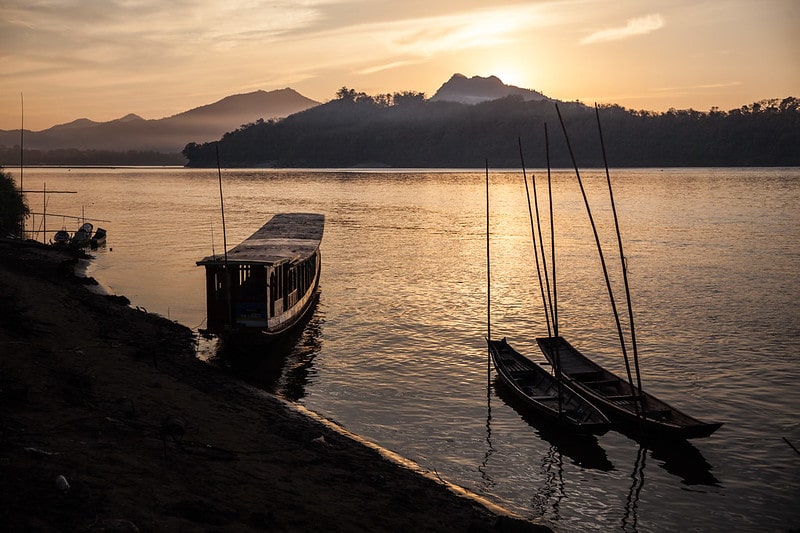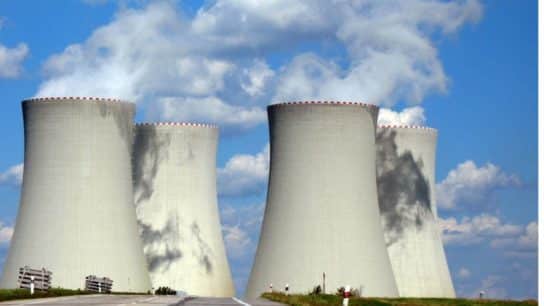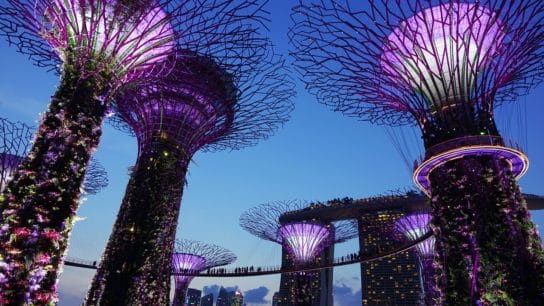A civic group in Thailand, called Fair Finance Thailand, is petitioning the country’s financial institutions to end construction loans for the Luang Prabang dam project along the Mekong River in Laos, warning that it could negatively affect the environment, displace families along the river and disturb livelihoods.
—
What is Happening?
- In a letter, the NGO called on a number of financial institutions, including the country’s central bank, to withhold loans until a feasibility study is done on the risk-mitigation measures taken for the project, which commenced construction last year, including its effects on countries downstream. The dam is expected to be fully operational by 2027.
The letter says, “There is no necessity for Thailand to purchase electricity from the project. Thailand’s financial institutions will face risks concerning the environment, society, geopolitics and finance should they decide to support the project.”
- The Luang Prabang dam project is the latest Thailand-funded hydropower project in Laos and is being developed by Thai developer CH Karnchang, the company behind the Xayaburi dam, which is also in Laos and started operating in late 2019. Partners in the project include state-run Luang Prabang Power and PetroVietnam Power, a Hanoi-based company. The Thai government says that it will not buy electricity from the dam if its operations affect Mekong ecological systems.
You might also like: South Africa Can’t Achieve its Net-Zero Emissions While Still Relying on Coal
Phairin Sohsai, a campaigner for the NGO International Rivers, which is allied with Fair Finance Thailand, says that the Luang Prabang dam, which is modelled after the Xayaburi dam, will exacerbate the negative effects such dams are having on the Mekong. Sohsai says, “An ecological effect produced by the Xayaburi dam … is that the river sediments have been captured to the point that the Mekong has turned clear blue. The river usually runs brown, a sign that it is healthy and carrying nurturing sediments down the length of the river to the Mekong Delta in southern Vietnam. Thai provinces along the Mekong have also experienced severe drought as a result of lower water levels caused by the numerous dams upstream that hold back the river’s flow.”
- Thailand has bought electricity from Laos’ dams for over 20 years, however it has yet to secure a deal with the Luang Prabang dam. However, the rapid development of such projects have become a sticky topic as communities that rely on the Mekong River are often relocated without compensation, or have their livelihoods taken away.
- Thai companies are involved in the development of around two-thirds of all existing power generation capacity in Laos, and around 60% of the electricity from large-scale hydropower projects intended for export are sold to Thailand.
- The Mekong River supports about 70 million people, but dam developments pose threats to food security and ecosystems. In 2019, 89 hydropower projects were operating along the lower Mekong, 65 of them in Laos. a further 30 are in the planning stage.
According to Danny Marks, an assistant professor in environmental policy and politics at Dublin City University, Thailand’s demand for energy have come at the expense of livelihoods and ecosystems in Laos. He says, “The balance between economic growth and livelihoods has been adversely affected. Many Lao people, particularly those in rural areas, have not reaped the benefits from these new dams”, and the dams’ contribution to Laos’ GDP growth does not take into account economic inequities or environmental damage.”
- The Mekong River Commission has warned that a break in the Luang Prabang dam could lead to flooding and loss of life in Luang Prabang City.
Courtney Weatherby, an analyst at the Stimson Center in Washington, suggests that to mitigate the environmental and social impacts of dam projects in Laos, “international development partners could work with Laos to identify and invest in alternative renewable energy options which would be less controversial than Mekong dams, would complement the existing hydropower generation and diversify Laos’ electricity mix.”
- Additionally, the operations of the various dams on the Mekong must be managed better, with a focus on improving transparency about how dam cascades in the Mekong operate.
Featured image by: Flickr

















